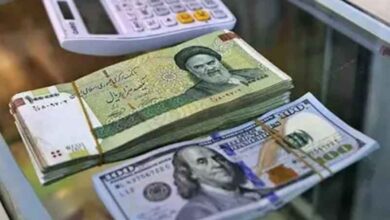
In a historic move, Moody’s Ratings has downgraded the United States’ sovereign credit rating from Aaa to Aa1, citing rising government debt and long-term fiscal challenges. This marks the first time Moody’s has withdrawn its top rating for the U.S., aligning with earlier downgrades from Fitch and Standard & Poor’s.
The downgrade comes more than a year after Moody’s revised its outlook on the U.S. credit rating to “negative.” The agency has now changed that outlook to “stable,” signaling no further immediate downgrades are expected.
“While we recognize the significant economic and financial strength of the United States, we believe this strength is no longer fully able to offset the decline in financial indicators,” Moody’s said in a statement. The agency pointed to the federal government’s elevated debt burden and rising interest payments as key reasons for the downgrade.
Treasury markets reacted swiftly, with futures falling and yields on 10-year notes climbing to 4.475%—reflecting investor concerns over long-term fiscal sustainability.
Moody’s emphasized that the U.S. faces “potential deterioration” in its fiscal standing, citing a lack of consensus among successive administrations and Congress to enact meaningful reforms to reduce the growing budget deficit. The agency also expressed skepticism over current proposals to rein in spending, suggesting they are insufficient to reverse the fiscal trajectory.
The White House strongly criticized the downgrade and responded by taking aim at Mark Zandi, chief economist at Moody’s Analytics. White House Communications Director Stephen Chung posted on social media: “No one takes his analysis seriously… It has been proven wrong multiple times.”
This move further underscores the growing concern among international investors and rating agencies over the United States’ long-term fiscal health, despite its robust economy and global financial leadership.
Meanwhile, on the energy front, the price of Kuwaiti crude oil rose 9 cents to reach $64.17 per barrel, according to the latest market update.
Separately, in a significant development in the labor sector, the U.S. Federal Reserve announced plans to lay off 10% of its workforce, further reflecting shifts in the broader economic landscape.












